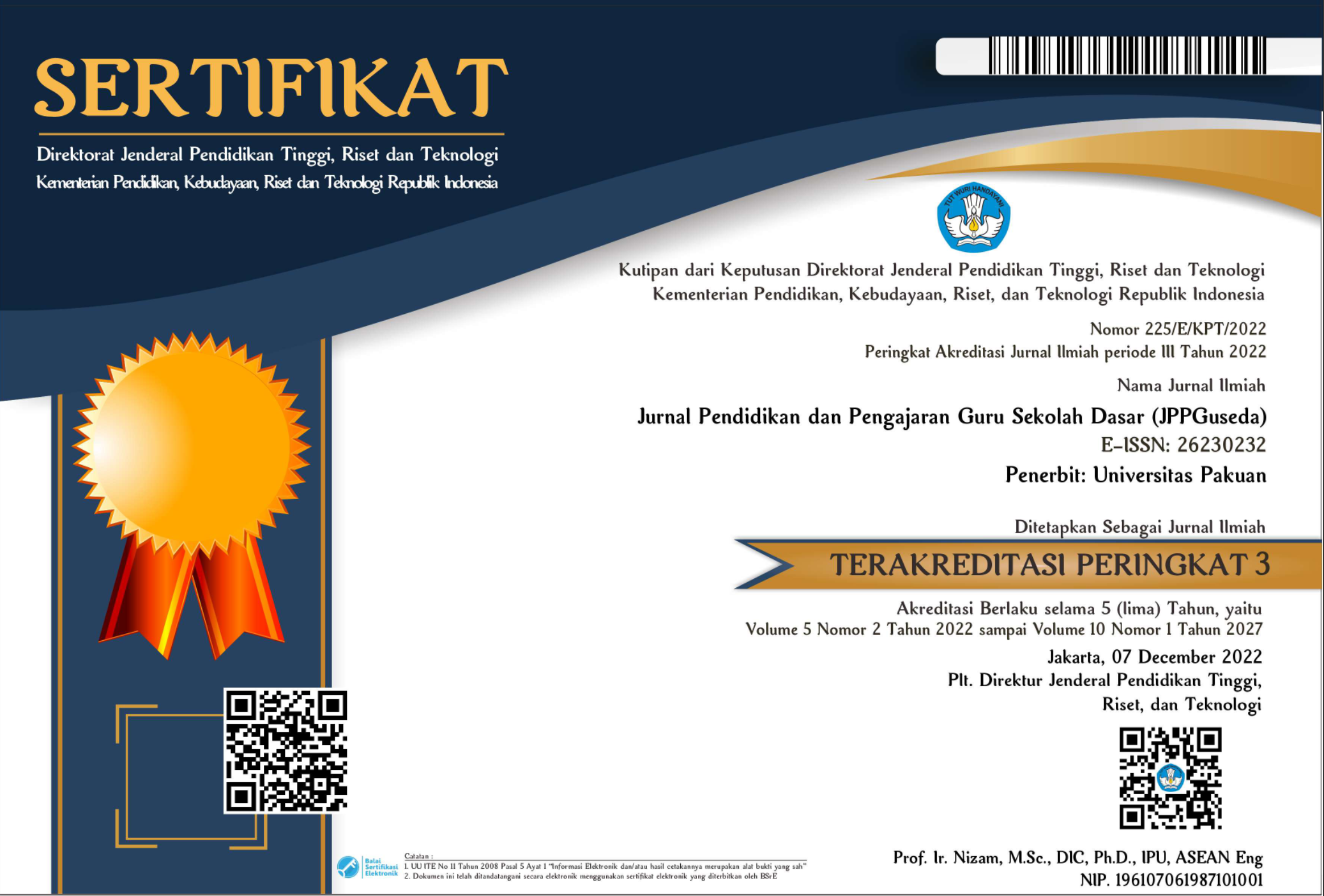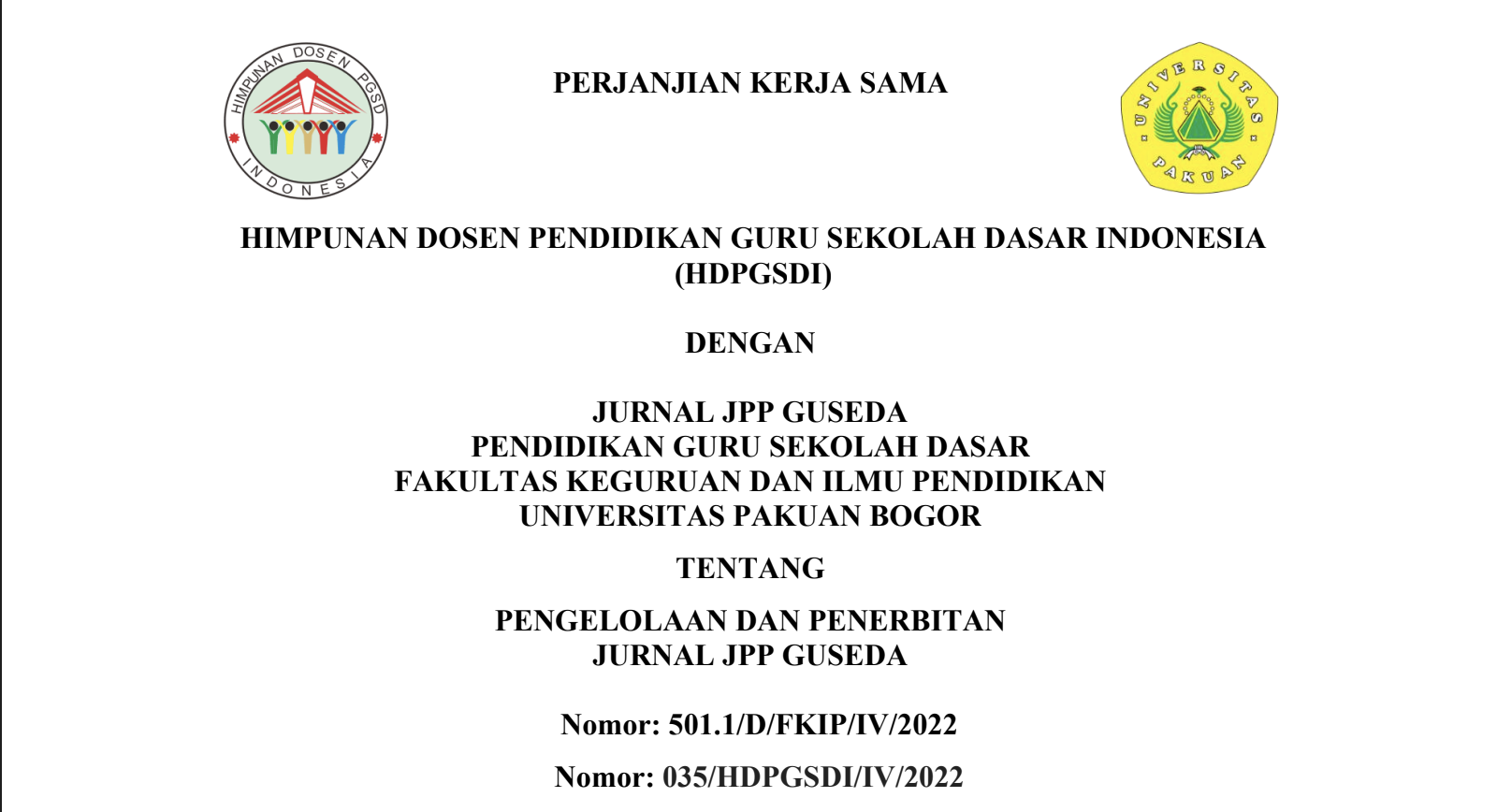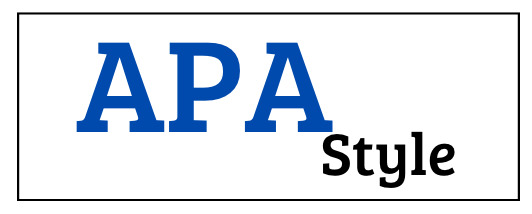How Augmented Reality Plays a Role in Increasing Students' Learning Motivation at Muhammadiyah 1 Ketelan Elementary School Surakarta
Abstract
This study is based on the importance of Augmented Reality (AR) learning media in the 4.0 era for student learning motivation in science learning. The purpose of this study is to: 1). Explore student and teacher perceptions of the use of Augmented Reality (AR) in science learning. 2). Identify the success of the application of Augmented Reality (AR) in increasing student learning motivation in science learning. The type of research method is qualitative with a case study approach. The data sources for this study were 1 teacher and several fifth grade students of SD Muhammadiyah 1 Ketelan Surakarta. The data collection techniques for this study included in-depth interviews, direct observation, and documentation, with data validity through triangulation of sources and techniques. Data analysis was carried out using a thematic approach, which allowed the identification of key themes related to the impact of Augmented Reality (AR) on student learning motivation. The results of this study indicate that AR is able to provide a more interactive and visual learning experience, making previously abstract material easier to understand. However, there are challenges related to limited access to technological devices among students. In addition, group-based learning strategies and teacher training are key to optimizing the use of Augmented Reality (AR). Overall, the application of AR has great potential in motivating students in student understanding, but it needs to be supported by careful planning and provision of adequate resources.
Keywords
Augmented Reality, Science Learning, Student Motivation
DOI: 10.55215/jppguseda.v8i2.11526
 Abstract views : 131
Abstract views : 131
Refbacks
- There are currently no refbacks.
Copyright (c) 2025 Sulis Andreani Saputri

This work is licensed under a Creative Commons Attribution-NonCommercial-ShareAlike 4.0 International License.




















